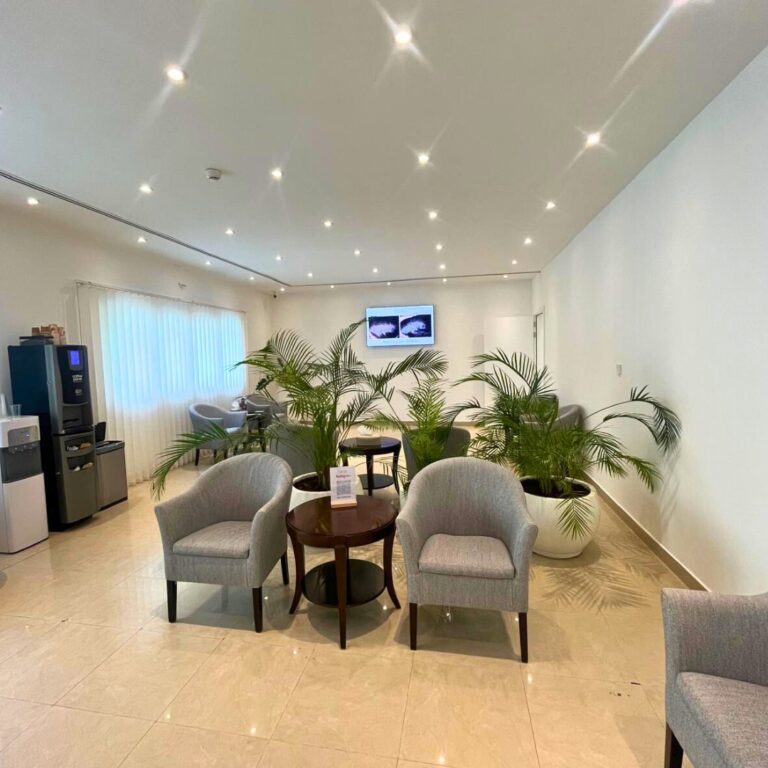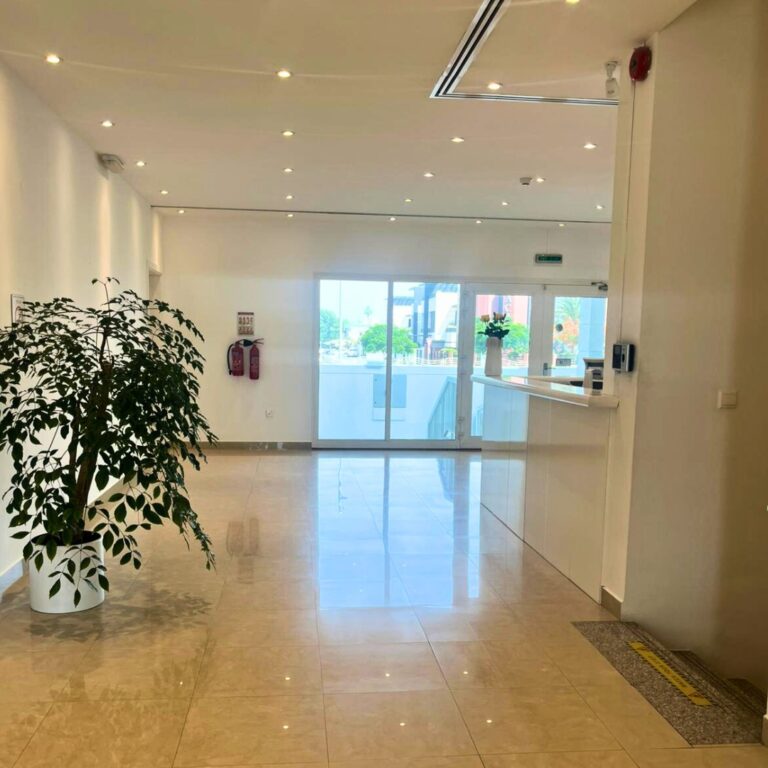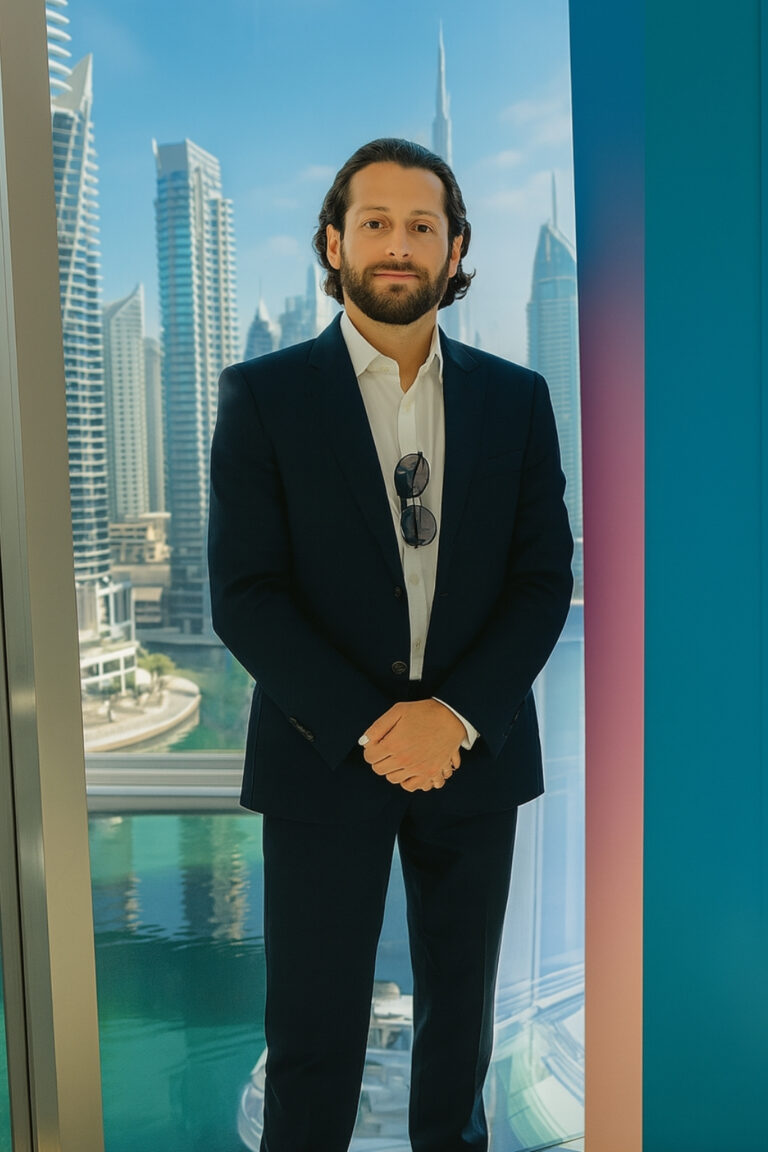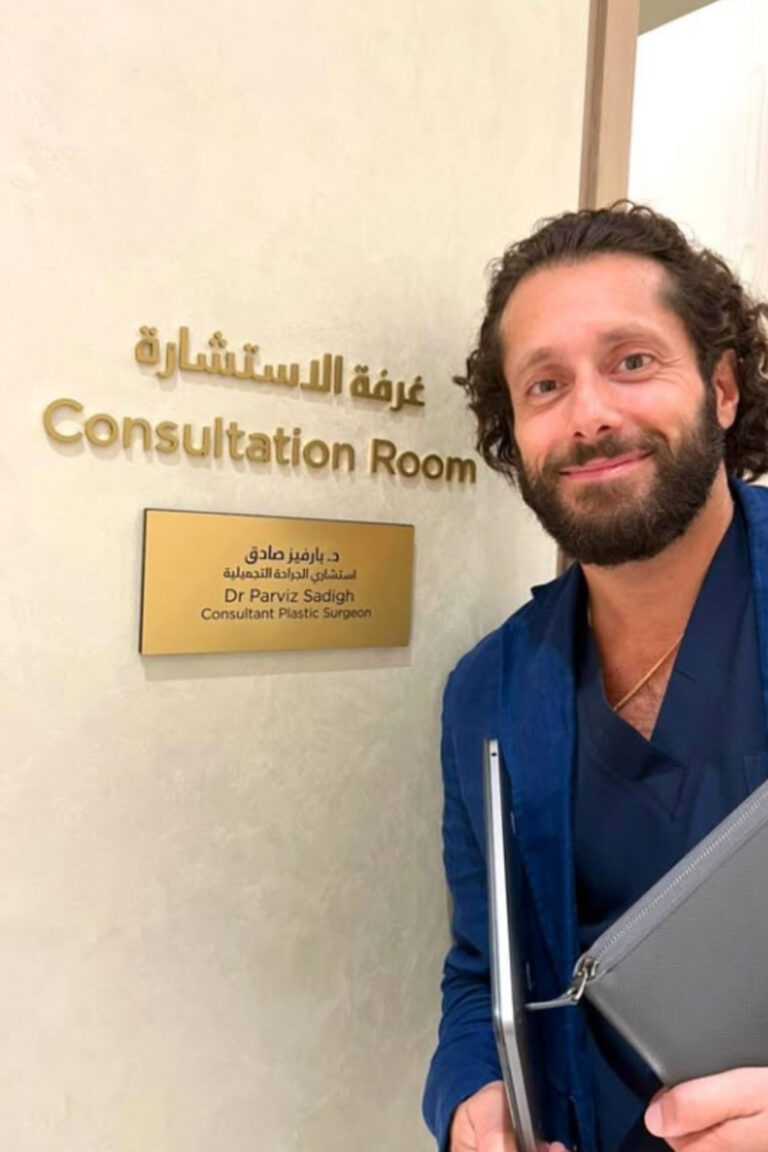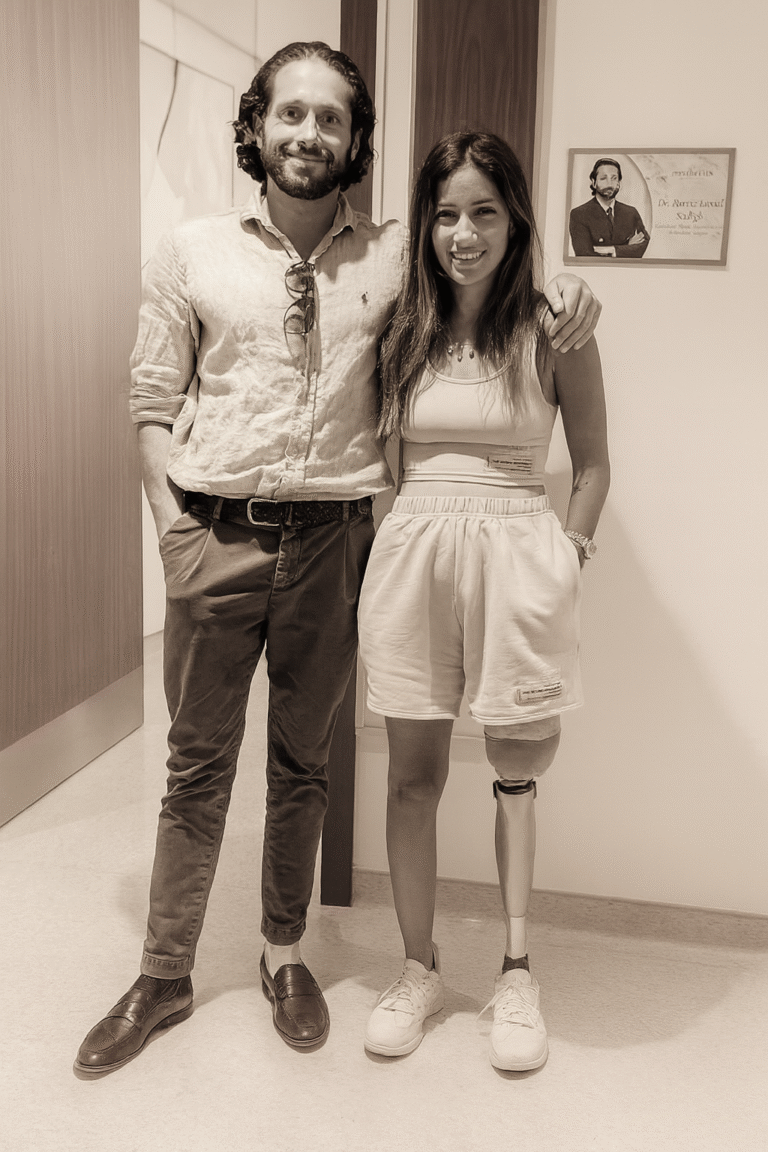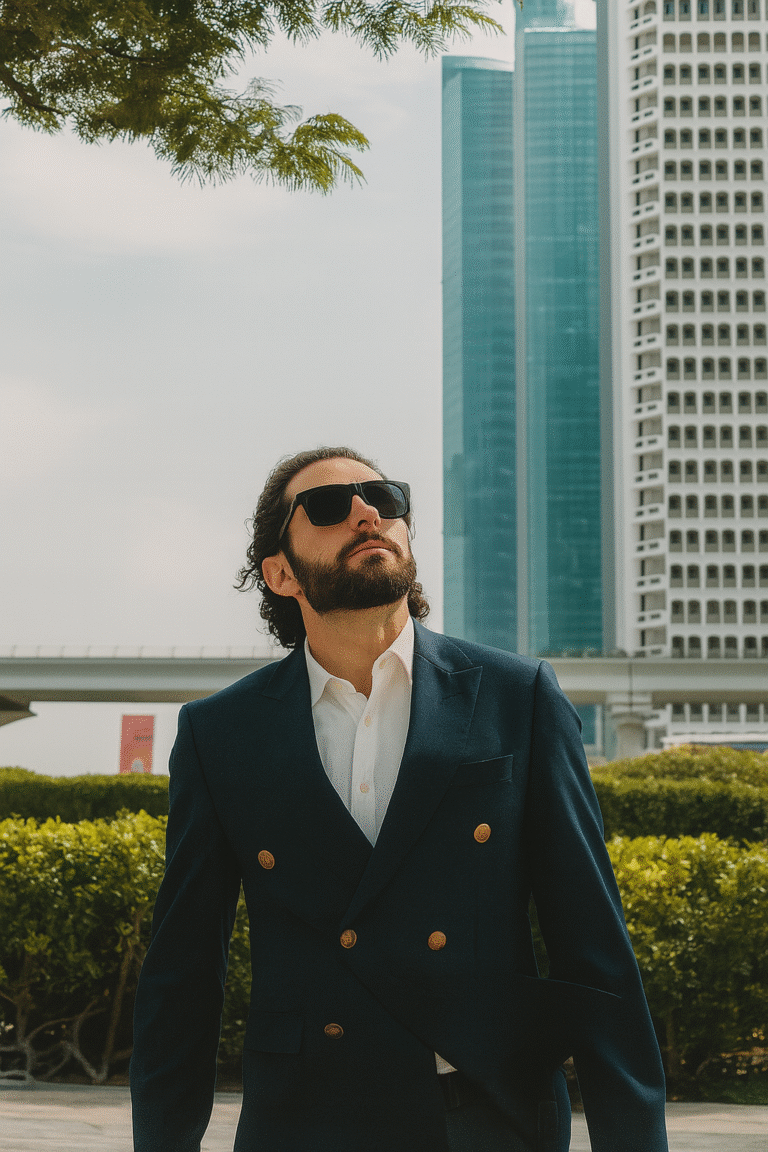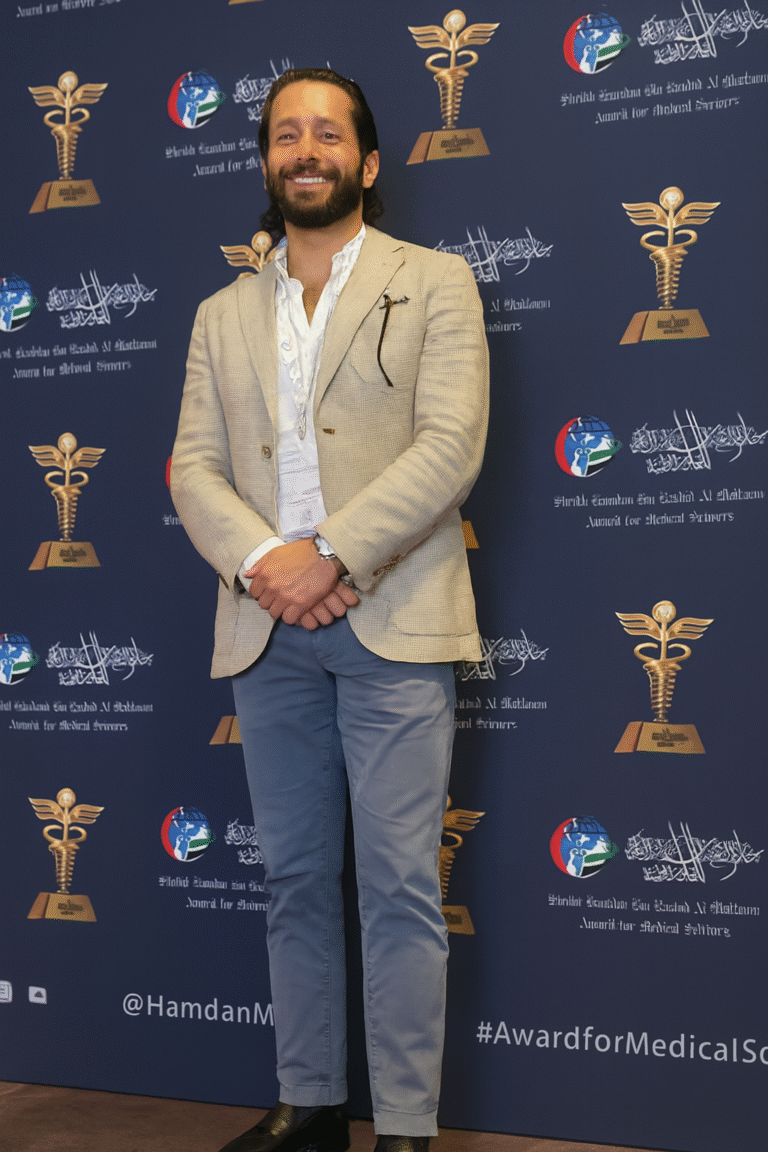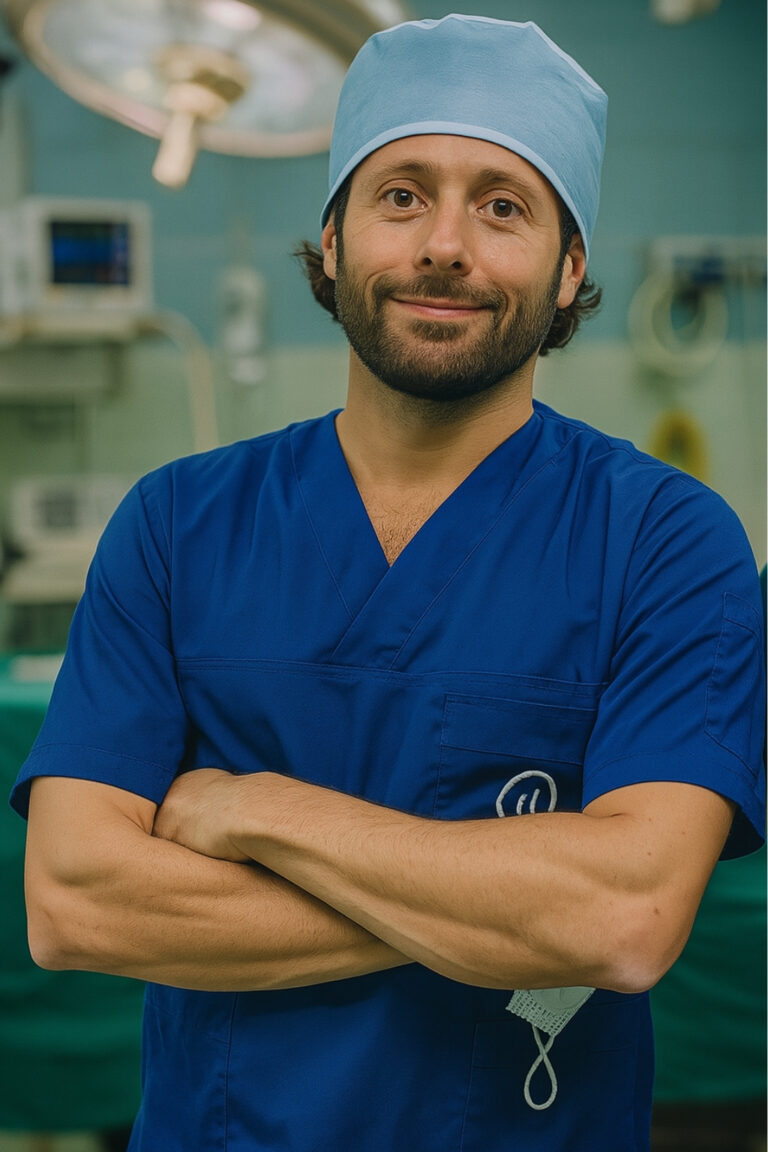British Plastic Surgeon in Dubai
Keloid Scar Removal in Dubai
Keloid scars can be physically uncomfortable and emotionally distressing. Dr Parviz Sadigh offers advanced keloid removal in Dubai using minor surgical techniques backed by years of reconstructive experience. Every treatment is tailored to the scar type, size, and skin profile – with a focus on long-term outcomes and minimal recurrence.
How It Works
Keloid removal typically involves a precise surgical excision, often under local anaesthesia. In certain cases, this is followed by adjunctive therapies like steroid injections, silicone taping, or superficial radiotherapy to reduce the risk of recurrence. Dr Sadigh carefully assesses the scar’s location, tissue behaviour, and growth pattern to decide the most appropriate method. Post-procedure, patients are given strict aftercare protocols and follow-up support to help optimise healing and appearance.
Frequently Asked Questions
How do I know if my scar is a keloid?
Keloids are firm, raised, and extend beyond the original wound site. They often appear shiny or rubbery and may grow over time. A consultation is required for an accurate diagnosis.
Is surgery the only option for keloid removal?
Not always. In some cases, steroid injections or silicone gel may help. Surgery is usually recommended when the keloid is large, symptomatic, or hasn’t responded to non-invasive treatments.
Will the keloid come back after removal?
There is always a recurrence risk, but this can be reduced with proper technique and aftercare – including steroid therapy or pressure dressing post-op. Dr Sadigh will advise a personalised plan.
Is the procedure painful?
The area is numbed with local anaesthetic, so pain is minimal. Mild tenderness may be experienced during healing.
Who is the best type of surgeon to remove a keloid?
A plastic and reconstructive surgeon like Dr Sadigh is often the best choice, especially for facial or recurrent keloids. His approach balances removal with aesthetics and prevention.
